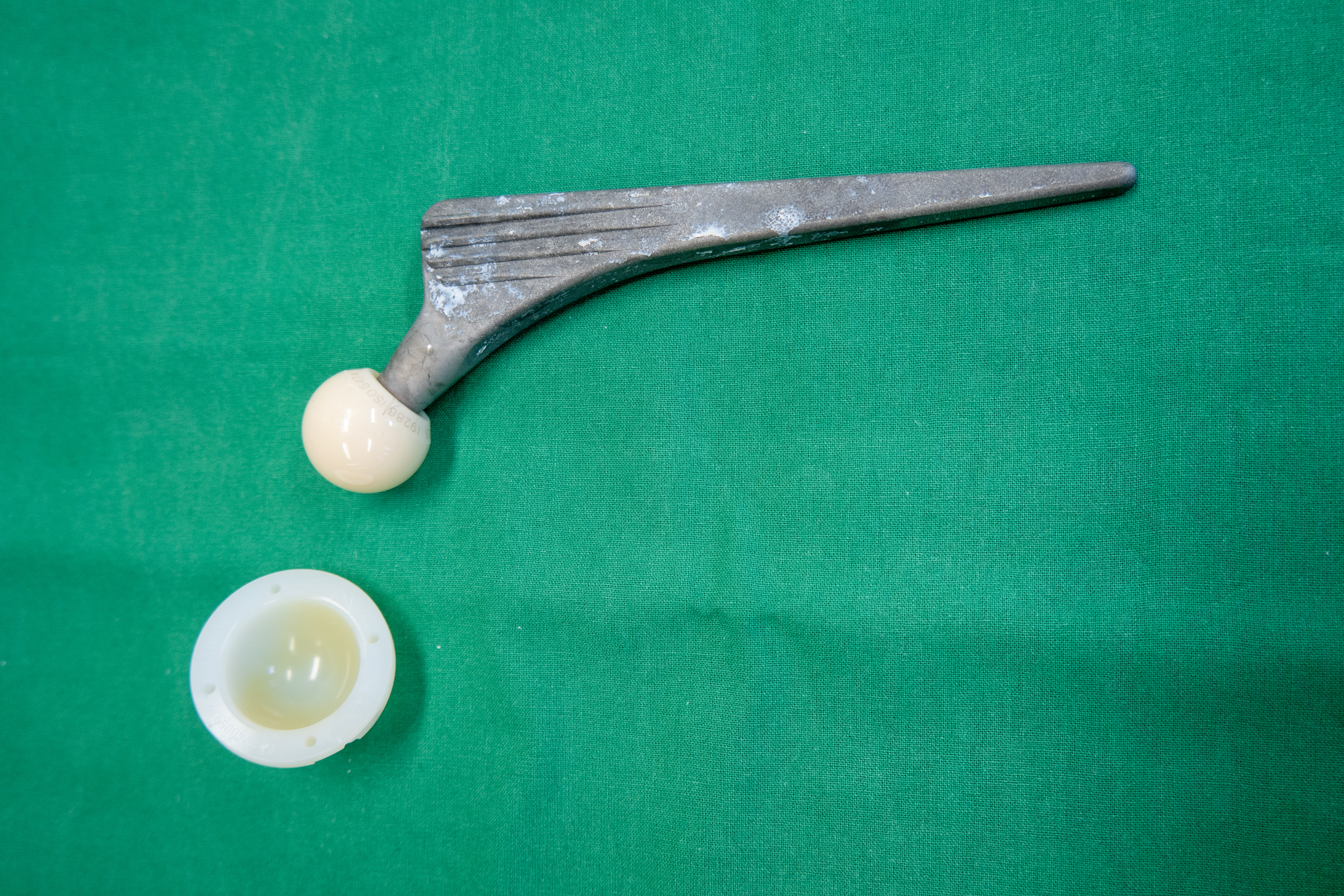Molecular weight characterization to assess aging in ultra high molecular weight polyethylene

Ultra high molecular weight polyethylene (UHMWPE) is commonly used as a bearing surface in hip, knee, shoulder, and other total joint replacement arthroplasties. Aging of UHMWPE that has been irradiated without additional treatment to stabilize the residual free radicals can result in oxidation followed by chain scissioning. Researchers will usually measure oxidation index to characterize shelf‐life, but this technique does not capture the actual degradation due to oxidation. In this study, gamma sterilized UHMWPE was accelerated aged, and the molecular weights of extractable material
were characterized with gel permeation chromatography in an attempt to see if this technique can be used to characterize shelf life of the aged material.
The extraction of the polyethylene material in this study shows that there is a molecular weight difference between the unaged and aged material, with the aged material showing broadening in the molecular weight distribution. This change can be explained by oxidative degradation, which is supported by the oxidation index. The test methodology shows that a larger ratio of solvent to sample is required to ensure extraction without gelation of the extracted material, and that 4 hours is sufficient to extract the larger molecular weight species. The impact of the molecular weight change on in vivo performance, however, cannot be discerned from this test.
See the poster presented at the Orthopedic Research Society in March, 2015 here.